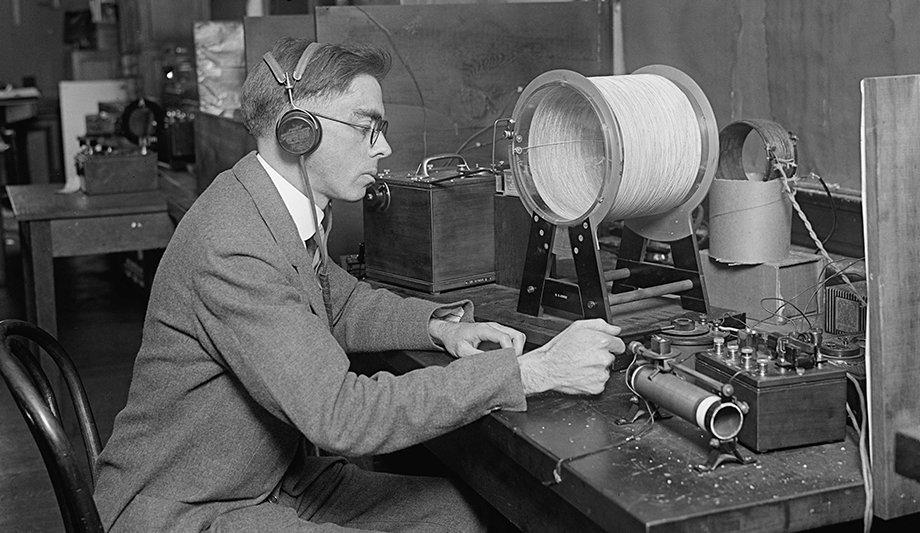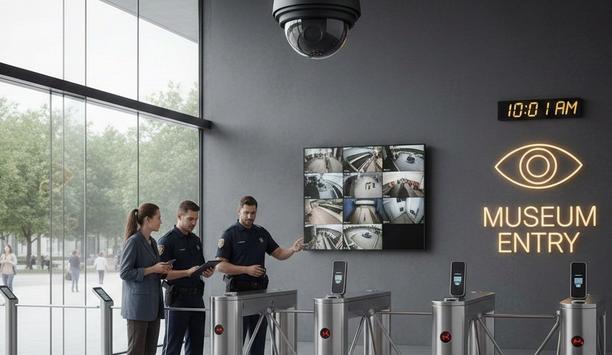Check Out Our Special Report On Casino Security
Will The New Decade Represent A ‘Roaring Twenties’ For Security?
- Experts question if 2020s mirrors economic growth of original 'Roaring Twenties'.
- COVID-19 recovery sparks potential surge in innovation within physical security market.
- New technologies may drive economic prosperity in the new decade.
Editor Introduction
The “Roaring Twenties” was a decade of economic growth and widespread prosperity, driven by recovery from devastation, a construction boom, and welcoming of new technologies such as automobiles and electricity. As we look ahead to the big picture of the 2020s, 100 years later, are there parallels that suggest a successful decade ahead? Might recovery from the devastation of COVID-19 help to drive even higher levels of economic growth and technical innovation? We asked this week’s Expert Panel Roundtable: Does the new decade represent a new “Roaring Twenties” for the physical security market?
Interestingly enough, there are indeed parallels between 2020 and the 1920s. The 1920s represented a large period of industrial growth; today’s version of that is the advancements in Artificial Intelligence and video analytics. AI is predicted to be particularly impactful in crucial areas such as medical research and is already being used on a more practical level in healthcare facilities, retail stores, in manufacturing and transportation sectors. Due to COVID-19, it is difficult to say what the next decade will entail. We are innovating the uses for physical security technology in many different ways and in doing so, greatly expanding the number of applications for use. At the very least, this year has given physical security the opportunity to evolve and expand beyond current limits – something that will hopefully present many opportunities in the decade to come.
The parallels to a century ago are intriguing, with the Spanish Flu pandemic mirroring that of COVID-19. The “roaring twenties” saw a period of increased social and leisure time spending following war and disease, which could possibly indicate what our society may do once social restrictions have been lifted. Should this happen, then there will undoubtedly be impacts in the leisure and hospitality sectors, travel, accommodation, retail (physical and online), which will have a knock-on effect in demand for security services in these sectors. However, with many other uncertainties in the mix (the post-pandemic economies and Brexit to name two), a “boom time” is by no means assured in my opinion. If history has taught us anything (and indeed the last 12 months specifically), it is that the future is never certain, and you need to be prepared for any eventuality.
Technological advancements and global events will always be a catalyst for innovation and change in the security industry. I also believe that recent events have encouraged businesses to prioritize physical security investments more than ever before. In the decade ahead, adequate security technology that was once considered a “nice to have” will be an imperative to ensure occupant and employee safety and security. However, it is important that integrators and customers continue to take a pragmatic approach to security technology and invest in long-term, sustainable technologies that fit their unique needs and concerns. Moreover, increased processing power will continue to create opportunities to thrive in the security market that do not exist today. For example, ten years ago, IP cameras were just starting to come into vogue. This decade, cameras will have increased capabilities at the edge that we never thought possible.
Yes, I most certainly think it will be a great decade for the industry at large. Due to the growing computing power of smart sensors, the industry will move from security and safety applications to IoT business intelligence and automation. Much like human visual capabilities, visual sensors are the most data-rich of all and can provide a great amount of information to source intelligence from, driving all kinds of optimizations for individuals and businesses. The availability of this data will drive the formation of many new business models, as well as the emergence of new champions in fields and industries we previously thought were not relevant to the security and safety industry. Solutions developed in these areas will increase the quality of life and work as well as the value creation potential of our industry. I think it is a very exciting time to be involved in our industry.
Without a doubt. 2020 started off strong with a rise in capital investments and a promising outlook for launching and releasing innovative security technologies. But, when COVID-19 hit, it drastically altered the market dynamics, especially those in sectors facing significant downturns, like transportation and retail. Fortunately, a healthy demand for physical security systems is resurging as customers seek to leverage the latest technologies, such as intelligent video security solutions, as part of business continuity plans to ensure a safe return to the workplace. Now, as we look at the technology trajectory for the 2020s, integrators are seeking products to help their customers run more open, efficient and effective security operations as well as deliver situational insights to optimize their businesses.
The short answer? Yes. The long answer? The physical security industry has entered a new era of technology innovation and manufacturing due to the impact of COVID-19. Look at the reemergence of large-scale video projects and the realization by many organizations of the need to restructure security operations to meet health and safety requirements. This means that video surveillance solutions need to be first and foremost designed around a user’s safety, compliance and business operations, looking strategically at pain points to produce both hardware and software solutions that are truly pragmatic. With that said, the future looks promising as manufacturers enter the 20s knowing that simplifying, automating, and modernizing from a product development standpoint must not only expand situational awareness and video data usage, but also meet unique customer needs as new opportunities emerge in a variety of markets.
Editor Summary
It seems like the 2020s have been around for a (very long) year, but the “new decade” technically started on Jan. 1, 2021. But what will the decade hold for the physical security industry? Our Expert Panelists point out several parallels with the “Roaring Twenties,” which also followed a severe pandemic (Spanish flu in 1918). For sure, the promise of new innovations like artificial intelligence (AI) portends rapid technology improvements, while recovery from the pandemic offers broader and more promising opportunities to put our industry’s technologies to use. The stage appears set for another decade of “Roaring Twenties.”
- Related companies
- Axis Communications
- TDSi
- Avigilon Corporation
- Motorola Solutions, Inc.
- ONVIF
- Oncam
- View all news from
- Axis Communications
- TDSi
- Avigilon Corporation
- Motorola Solutions, Inc.
- ONVIF
- Oncam
Expert commentary
Security beat
The Key To Unlocking K12 School Safety Grants
DownloadHoneywell GARD USB Threat Report 2024
DownloadPhysical Access Control
DownloadThe 2024 State Of Physical Access Trend Report
DownloadThe Security Challenges Of Data Centers
DownloadKentixONE – IoT Access And Monitoring For Data Centers
Climax Technology HSGW-Gen3 Modular Smart Security Gateway
Delta Scientific DSC50 ‘S’ Barrier: Portable, Crash-Rated Vehicle Mitigation Solution


























